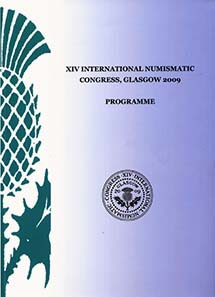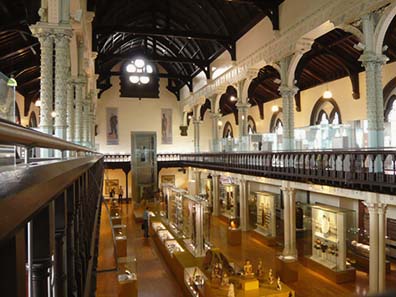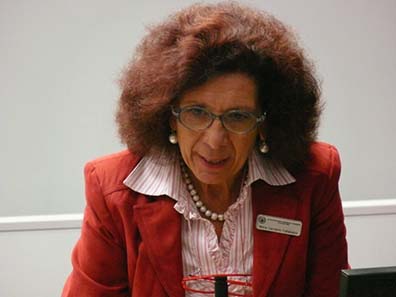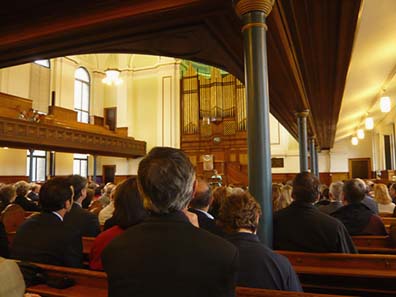October 13, 2009
XIV International Numismatic Congress, Glasgow
Between August 31st and September 4th, 2009, the XIV International Numismatic Congress was held in Glasgow. 550 delegates came from all over the world to visit sessions and give lectures. Within three and a half days, 375 presentations could be attended, 31 posters seen – those who hadn’t had enough by then could attend the five round tables. Above all, it was a big family celebration. The numismatic world was meeting and chatting. Informal meetings are especially important to keep our scattered science together. Since only few institutions employ more than one numismatist it is even more important for each scholar to know which colleague to turn to on a very specific question.
Besides, it is always interesting to see what the numismatic world currently searches on. A look at the conference program gives a pretty good impression of what is going on in research at the moment. Of 124 lectures almost half of it, that is 59, was concerned with ancient coins. Accent was laid on the Romans: 30 presentations there as opposed to 24 focussing on Greek coins and 5 to Celtic ones, respectively. In the field of Greek coins scientific interest shifts to remote areas. Whereas Sicily and Magna Graecia only got one session each, no less than three sessions were devoted to the Black Sea area.
A true Scottish welcome of course involves bag pipes. Photograph: Ragnar Hedlund.
In the spotlight of numismatic research – particularly when it comes to Roman coins – are coins finds and hoards. No less than 16 out of the 30 presentations on Romans focused on them. Two round tables were added, one concerned with “Coins in context” the other with “Networking coin-find data repositories”. For comparison, just four sessions dealt with the interpretation of Roman coin types.
Objects from the comprehensive collection of Dr William Hunter involving an important coin collection are on display in their own museum. Photograph: Ragnar Hedlund.
Medieval numismatics attracted much interest, too. Of the 23 lectures
some were very well attended. Obviously, the organizers had
underestimated the interest to the effect that the auditory was getting
crammed some times.
Maria Caccamo-Caltabiano will be hosting the next Numismatic Congress at Taormina. Photograph: Hermann Twiehaus.
Modern numismatics was treated as an orphan. Only 13 lectures were devoted to the Western coinage as part of this period of the history of money. In the field of the Near as well as the Far East including Africa, Antiquity, Medieval and Modern Times added up to 11 presentations and one round table. With medals, it was even worse – from the Renaissance up to the presence, just four lectures could be attended.
It gives cause for concern how numismatics currently limits itself to coin find research and, in doing so, misses the interests of the wider public of the coin collectors. One of the main reasons for this is the lack of contact between the different branches of numismatists. At this point, collectors and dealers have to put their own house in order first. The International Numismatic Congress envisions itself as a gathering place for ALL numismatists. It is to be desired that next time more collectors and dealers will attend to present their own research. Language is no excuse. After all, official languages of the conference are English, French, Spanish, Italian AND German.
by Ursula Kampmann
Closing ceremony in the Wellington Church. Photograph: Ragnar Hedlund








